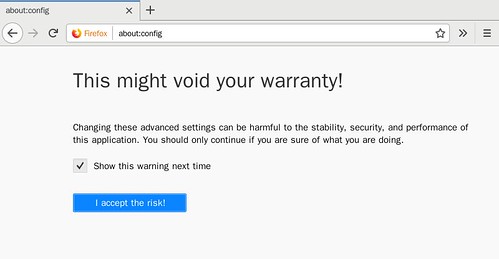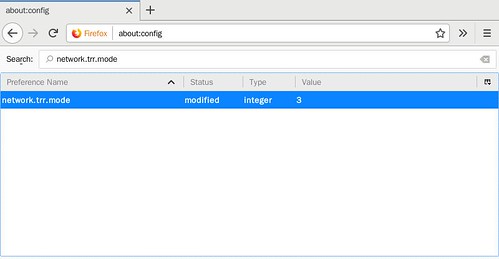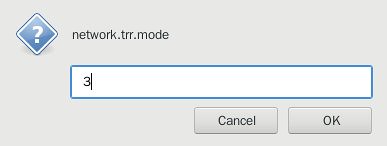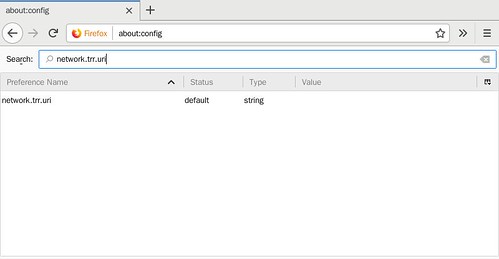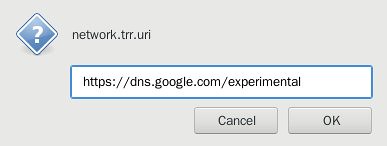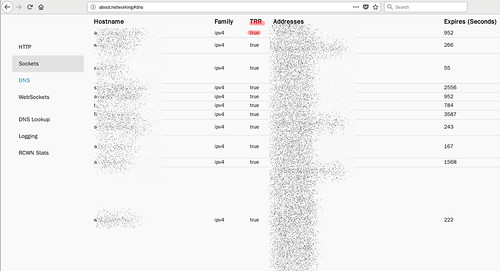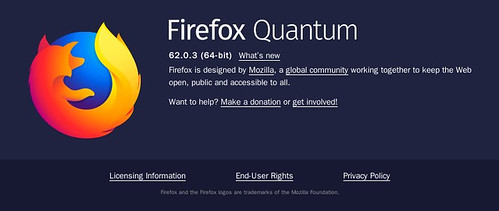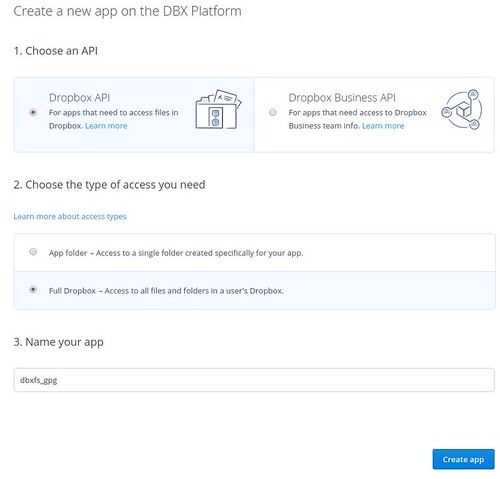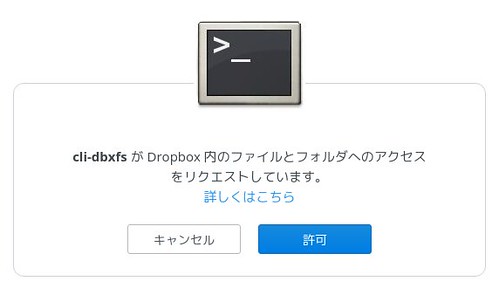Raspberry Pi の Debian ベースのディストリビューションの最新版の Raspbian 2018-10-09 がリリースされたようです.
2018-10-09: * In startup wizard, assign keyboard to country as per Debian installer recommendations * In startup wizard, add option to use US keyboard in preference to country-specific option * In startup wizard, show IP address on first page * In startup wizard, check for existing wifi network connection and show it if there is one * In startup wizard, install language support packages for LibreOffice and other applications * In startup wizard, improve operation with keyboard only and no mouse * Password change in Raspberry Pi Configuration and startup wizard now works properly if passwords contain shell characters * Battery indicator plugin modified to cope with Pi-top hardware monitor crashing * Networking plugin hides wifi password characters by default * In Scratch 2 GPIO plugin, set pin from dropdown list rather than free text * In Scratch 2 SenseHAT plugin, swap x and y axis values for LED array * Include latest Adobe Flash player (31.0.0.108) * Include latest RealVNC Server (6.3.1) * Include libav-tools * Include ssh-import-id * Removed Mathematica * Merge in latest third-party code for Bluetooth ALSA interface * Add ability to prevent software update changing configuration files, by creating ~/.config/.lock file * Various other small bug fixes, tweaks and changes to text * Make dhcpcd work with 3G devices * Add hw acceleration to ffmpeg * Improved WiFi-BT coexistence parameters * Run fake-hwclock before systemd-fsck-root * Raspberry Pi PoE HAT support * Linux kernel 4.14.71 * Raspberry Pi firmware 5b49caa17e91d0e64024380119ad739bb201c674
個人的には 「 Add hw acceleration to ffmpeg」 が嬉しいです.自分でbuildしなくてもよくなってそうです.
$ dpkg-query -W ffmpeg ffmpeg 7:3.2.10-1~deb9u1+rpt2 $ ffmpeg 2>&1 | grep -o -E '\--enable-omx-rpi|\--enable-mmal' --enable-omx-rpi --enable-mmal
とりあえずダウンロードしておきます.
$ # ダウンロードURL確認
$ LANG=C wget --max-redirect=0 https://downloads.raspberrypi.org/raspbian_lite_latest 2>&1 | sed -En 's/Location: ([^ ]*).*$/\1/p'
https://downloads.raspberrypi.org/raspbian_lite/images/raspbian_lite-2018-10-11/2018-10-09-raspbian-stretch-lite.zip
$ # ファイル確認
$ w3m -dump https://downloads.raspberrypi.org/raspbian_lite/images/raspbian_lite-2018-10-11/
Index of /raspbian_lite/images/raspbian_lite-2018-10-11
[ICO] Name Last Size Description
modified
━━━━━━━━━━━━━━━━━━━━━━━━━━━━━━━━━━━━━━━━━━━━━━━━━━━━━━━━━━━━━━━━━━━━━━━━━━━━━━━
[PARENTDIR] Parent Directory -
[ ] 2018-10-09-raspbian-stretch-lite.info 2018-10-09 54K
13:34
[ ] 2018-10-09-raspbian-stretch-lite.zip 2018-10-09 351M
13:34
[ ] 2018-10-09-raspbian-stretch-lite.zip.sha1 2018-10-11 79
11:38
[ ] 2018-10-09-raspbian-stretch-lite.zip.sha256 2018-10-11 103
11:38
[ ] 2018-10-09-raspbian-stretch-lite.zip.sig 2018-10-10 473
13:37
[ ] 2018-10-09-raspbian-stretch-lite.zip.torrent 2018-10-11 28K
11:38
━━━━━━━━━━━━━━━━━━━━━━━━━━━━━━━━━━━━━━━━━━━━━━━━━━━━━━━━━━━━━━━━━━━━━━━━━━━━━━━
Apache/2.4.10 (Debian) Server at downloads.raspberrypi.org Port 80
$ # bitttorrent と 署名ファイルダウンロード
$ wget https://downloads.raspberrypi.org/raspbian_lite/images/raspbian_lite-2018-10-11/2018-10-09-raspbian-stretch-lite.zip.torrent https://downloads.raspberrypi.org/raspbian_lite/images/raspbian_lite-2018-10-11/2018-10-09-raspbian-stretch-lite.zip.sig
$ # Transmission で ダウンロード
$ transmission-cli ./2018-10-09-raspbian-stretch-lite.zip.torrent
:
$ # 署名確認
$ gpg --verify 2018-10-09-raspbian-stretch-lite.zip.sig